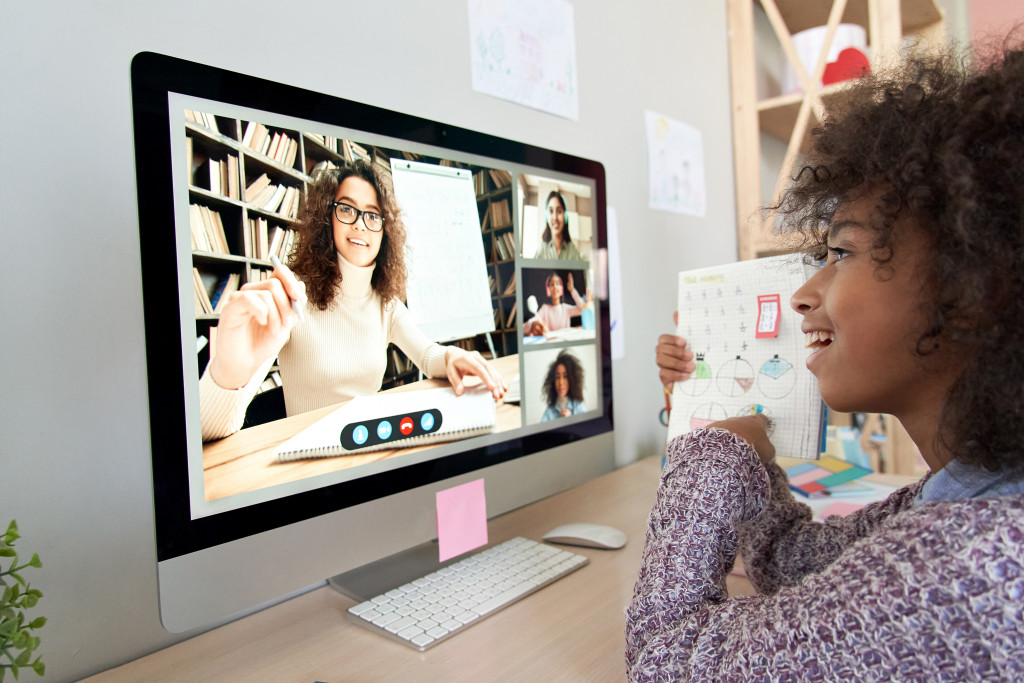- Get to know your students and tailor your teaching methods to their needs.
- Try different teaching approaches to see which works best.
- Use technology tools to create interactive presentations and engage students in digital discussions.
- Collaborate with other educators to share ideas, experiences, and resources.
- Embrace continuous learning by attending professional development workshops, conferences, and online courses.
- Teaching is one of the noblest professions in the world. As an educator, you have the power to shape young minds and make a difference in the lives of your students. However, being an effective educator is not an easy feat.
It requires a passion for teaching, a strong foundation of knowledge and skills, and the ability to connect with your students. Here are some tips and tricks for becoming a more effective educator.
Know your students
One of the most important things you can do as an educator is to understand your students. Knowing that each student has a distinct learning style, strengths, and weaknesses is vital.
Hence, it’s crucial to dedicate time to getting to know each student and adjusting your teaching techniques to match their specific requirements. You can achieve this by conducting assessments, engaging in one-on-one conversations, and providing opportunities for students to share their thoughts and opinions.
Try different teaching approaches
You may find that specific teaching methods work better for certain students. For example, some students may respond well to visual learning, while others might be more interested in hands-on activities. Experiment with different approaches and figure out what works best for your students.
You can also incorporate PSHE learning into your secondary school classroom to elevate your teaching to the next level. PSHE stands for Personal, Social, and Health Education and focuses on developing a student’s social and emotional skills. It covers resilience, life skills, communication, relationships, mental health, and well-being. Integrating it into your teaching can help to make learning more engaging and meaningful for your students.
Use technology

Technology can be a powerful tool for educators. With the right tools, you can create interactive presentations, engage students in digital discussions, and provide personalized feedback.
Some popular educational technology tools include Learning Management Systems (LMS), virtual whiteboards, and gamified learning platforms. Incorporating technology into your teaching methods can create a more interactive and engaging learning environment.
Collaborate with other educators
Collaboration is critical to success in any profession, and education is no exception. You can gain new insights into teaching strategies and methods by sharing ideas, experiences, and resources with other educators.
You can also learn from their successes and failures and improve your teaching methods accordingly. Collaborating with other educators can also help create community and support within your school or district.
Embrace continuous learning
As an educator, your learning never stops. There’s always something new to learn, whether it’s a new subject area, teaching method, or technology tool. Therefore, it’s essential to embrace continuous learning. Attend professional development workshops, conferences, and online courses to gain new insights and skills. You can also learn from your peers and self-reflect to improve your teaching methods.
Build a positive classroom environment
Creating a positive classroom environment is a critical factor contributing to student success. A classroom that welcomes students and makes them feel comfortable and supported can help them perform better in their studies.
But it’s not solely the student’s responsibility to create a positive environment; it’s up to the teachers too. As a teacher, you play a vital role in shaping your students’ experience in the classroom.
Create a welcoming classroom
Your classroom should be where students feel comfortable and free to express themselves. You can achieve this by ensuring your classroom is clean, tidy, and well-organized. Decorate the walls with posters, educational materials, and inspiring messages encouraging positivity and a growth mindset.
Foster a culture of respect

Establishing a culture of respect is one of the most crucial aspects of creating a positive classroom environment. This includes respect for each other, respect for the classroom rules, and respect for the teacher. Ensure you outline clear expectations for behavior, and ensure that students understand the consequences of not following them.
Encourage collaboration and teamwork
Group work and collaboration can help foster positive relationships between students and create a sense of community. Encouraging students to collaborate on projects, presentations, and activities can help them build interpersonal skills and learn from each other’s strengths.
Celebrate successes and milestones
Celebrating students’ achievements can help build a sense of pride and accomplishment. This can be as simple as giving praise when a student gets a good grade or sharing a positive message when a student achieves a personal milestone. Celebrating successes can help create a positive atmosphere in the classroom and encourage students to keep working hard to achieve their goals.
Final thoughts
Becoming a more effective educator requires a multidimensional approach. You need to be knowledgeable, compassionate, innovative, and collaborative. Remember, your students are the future, and by being an effective educator, you can help shape a better future for them and all of us.
